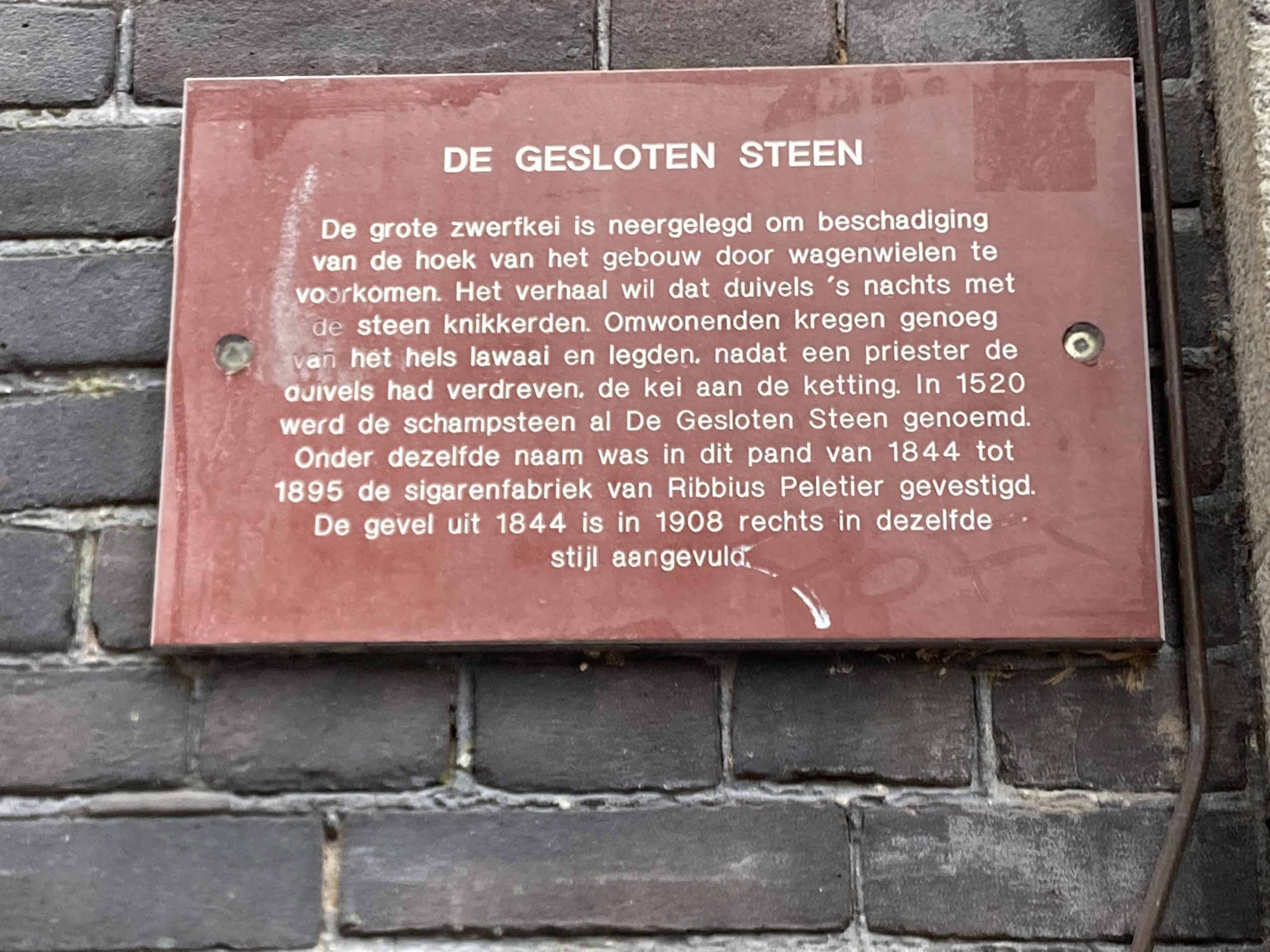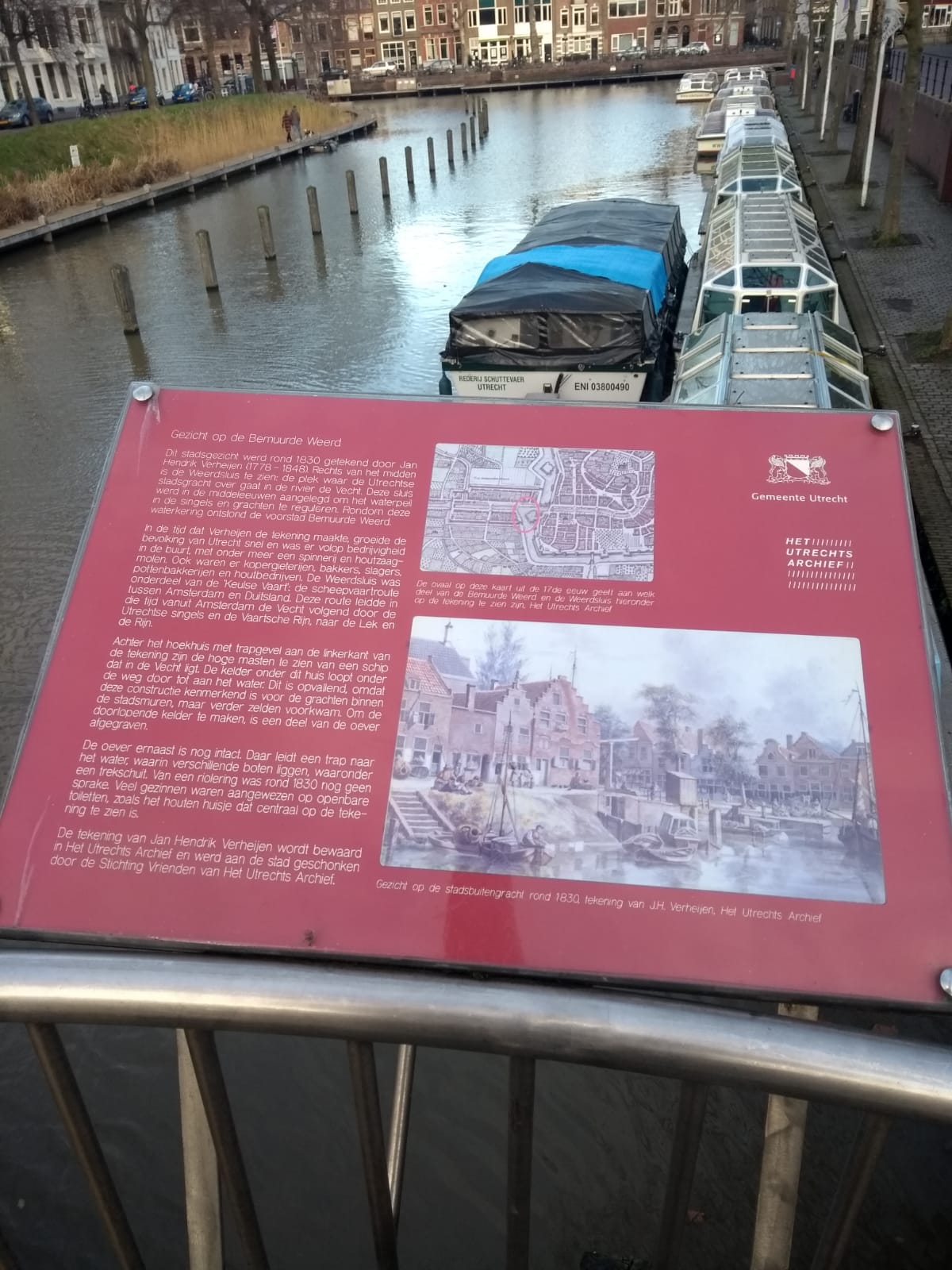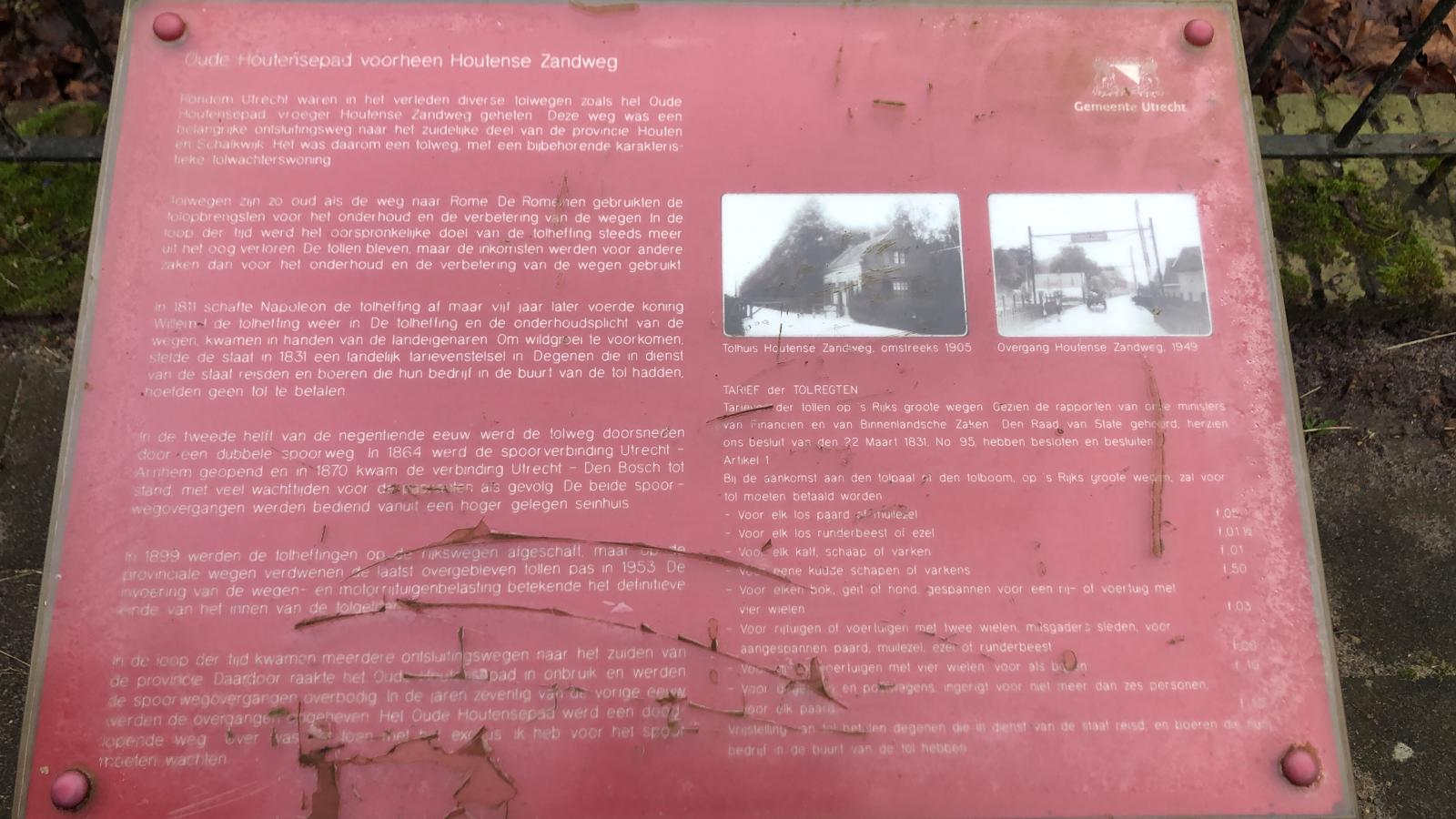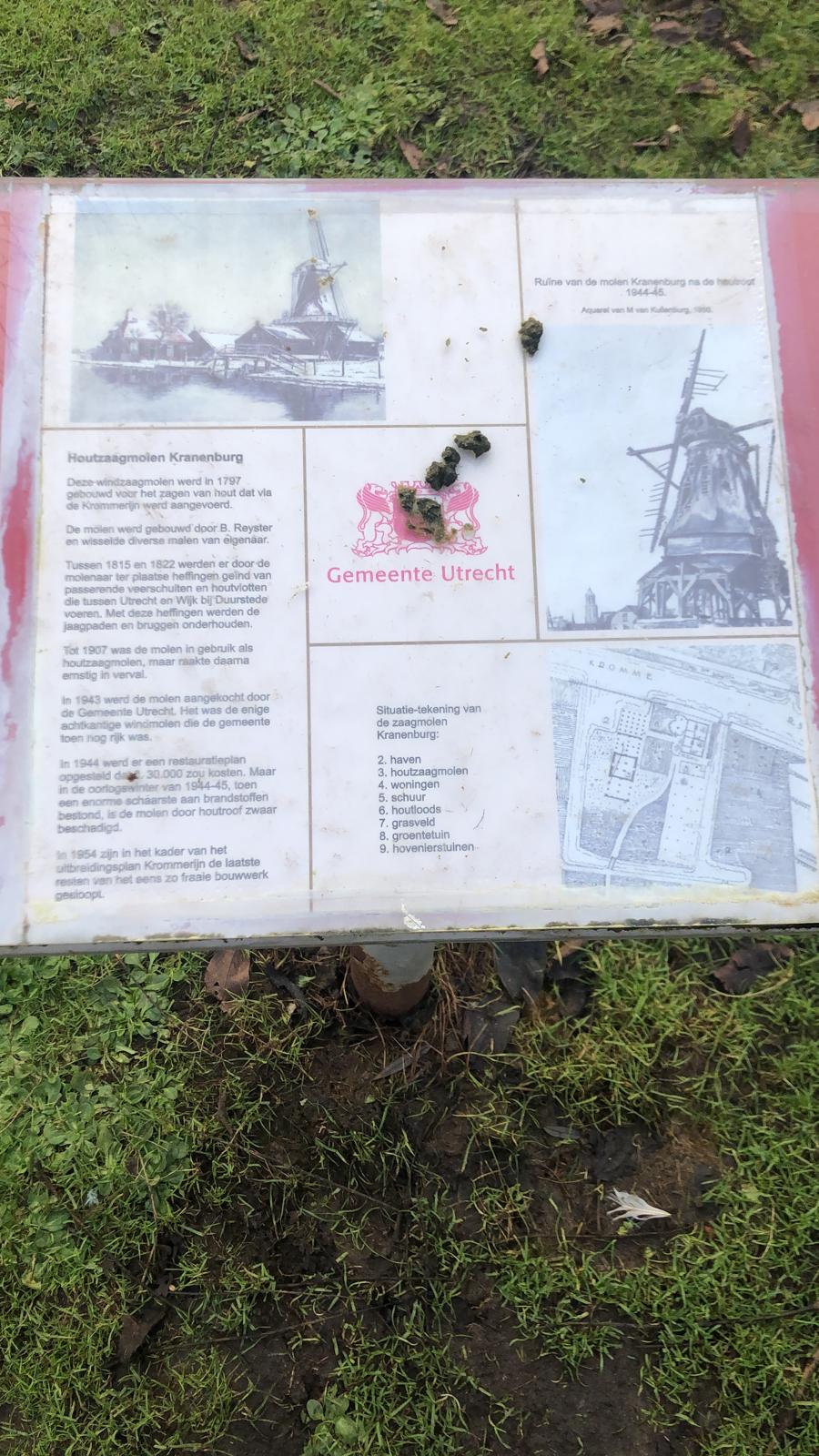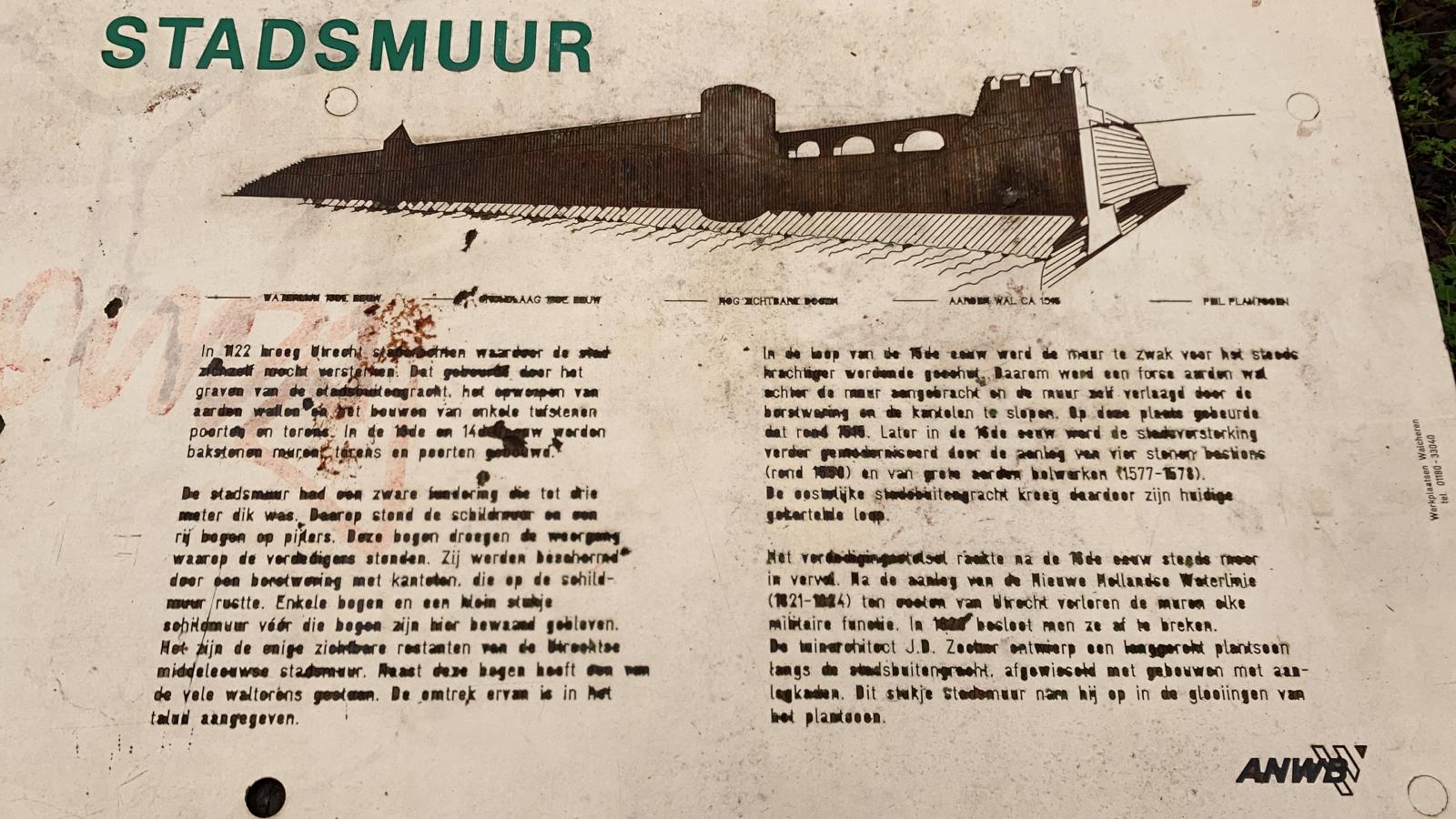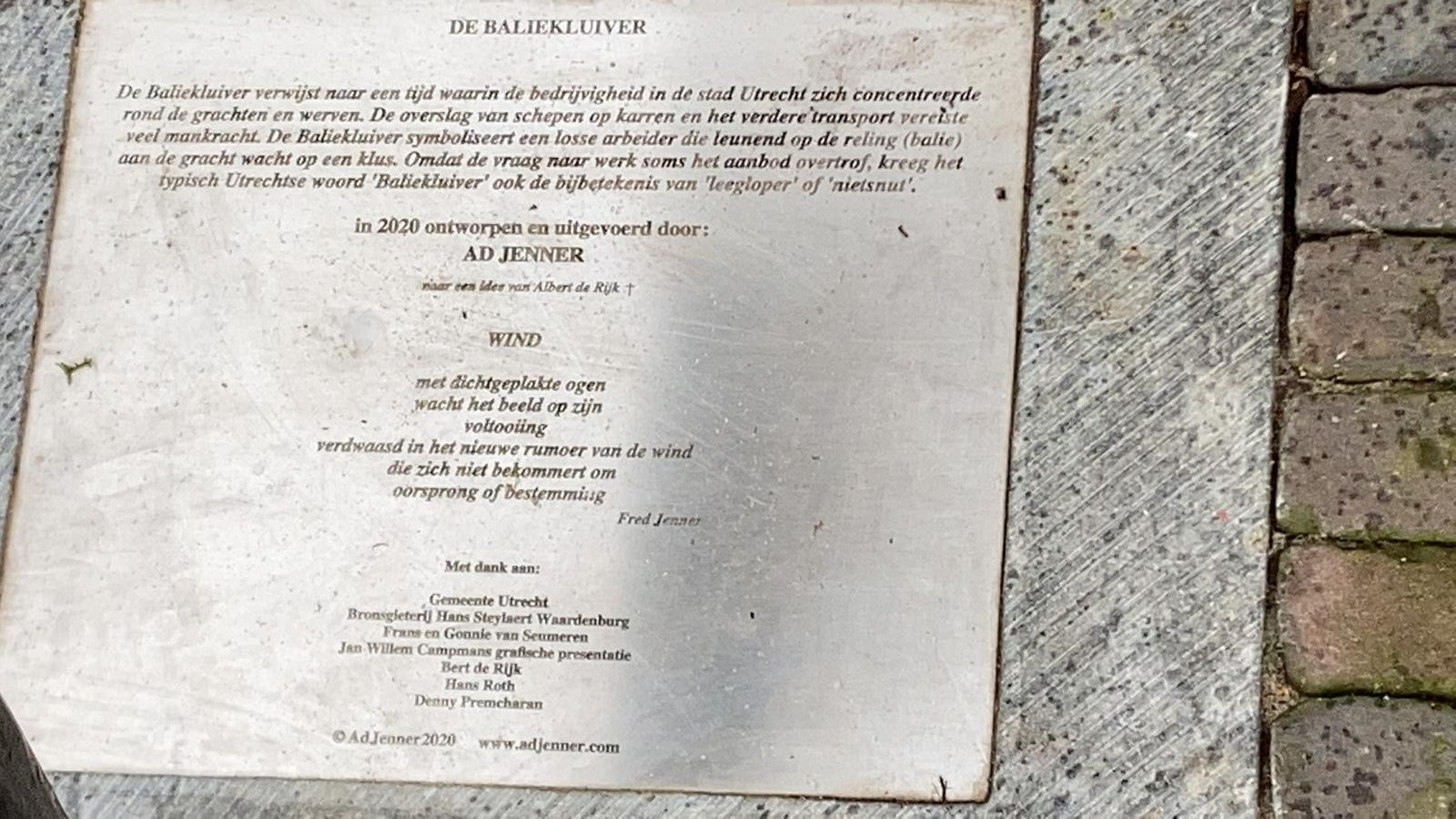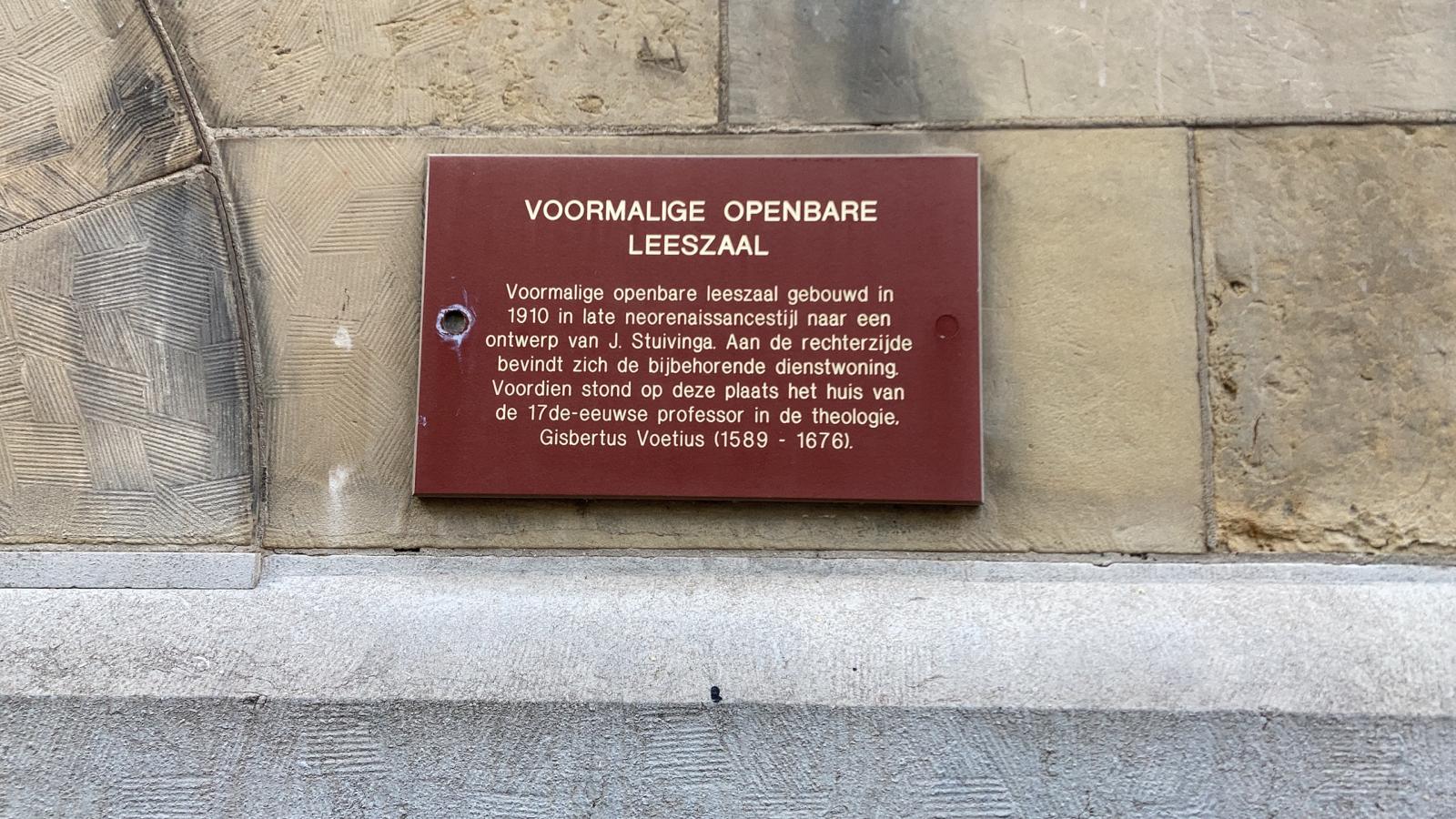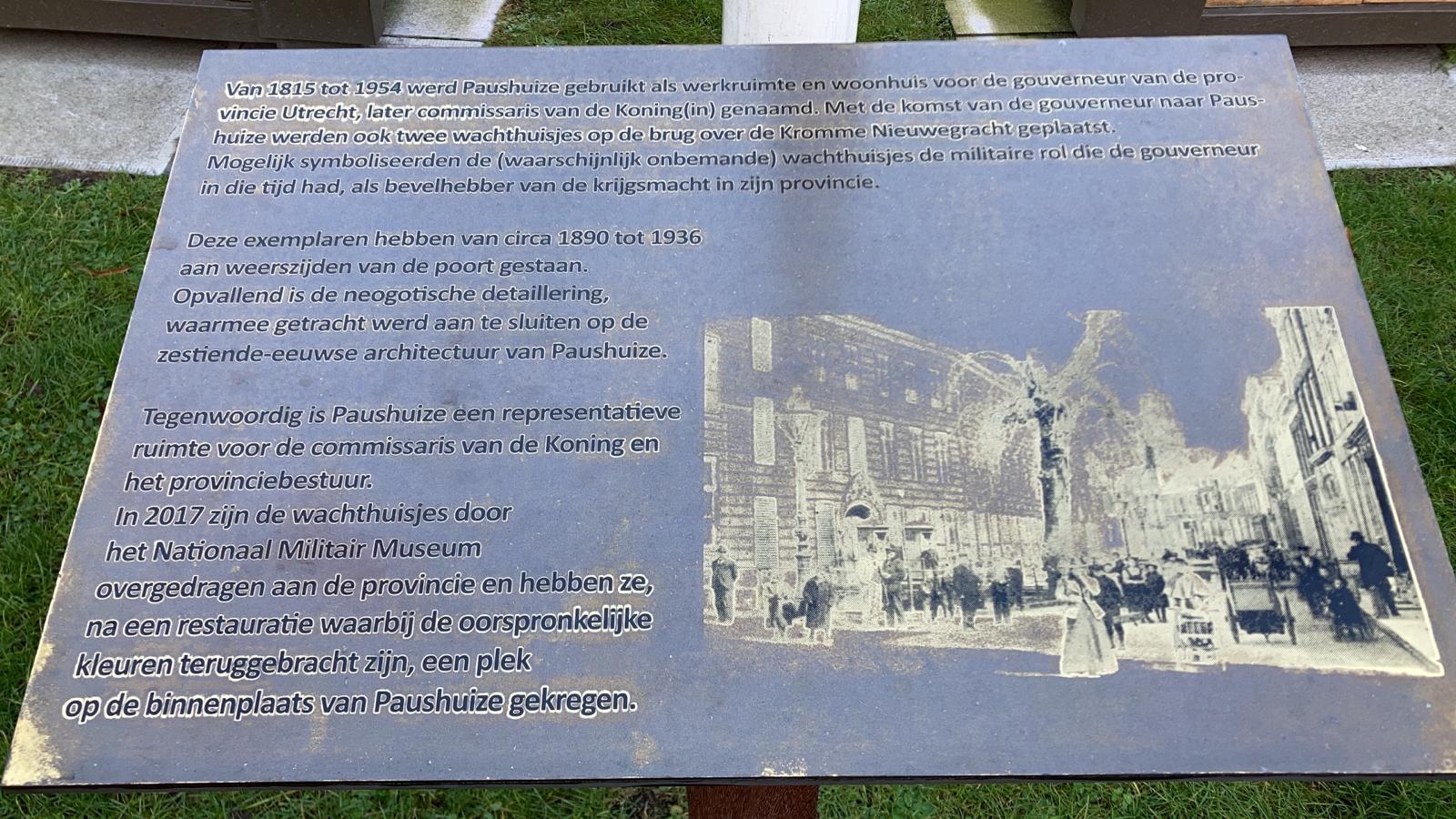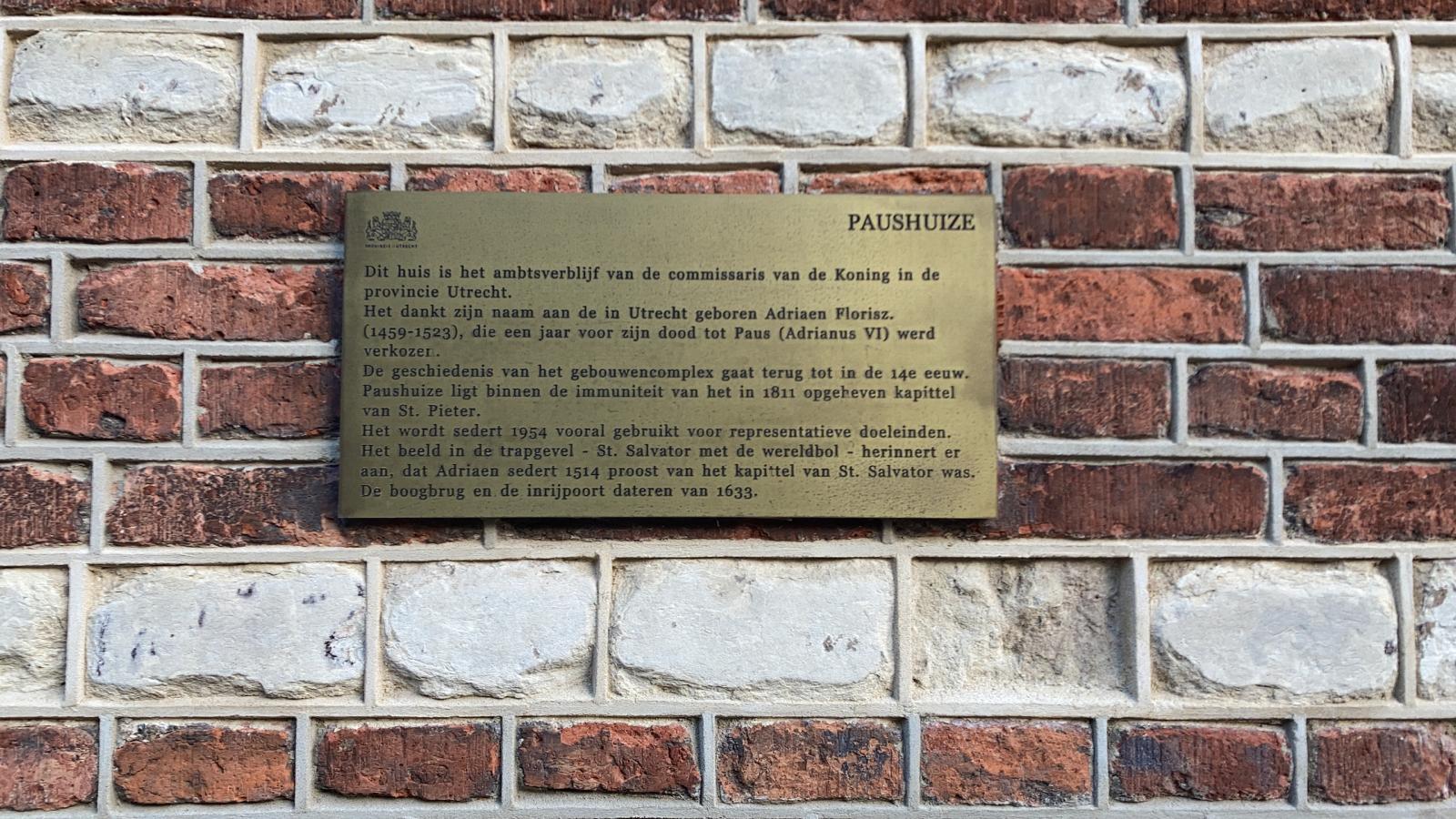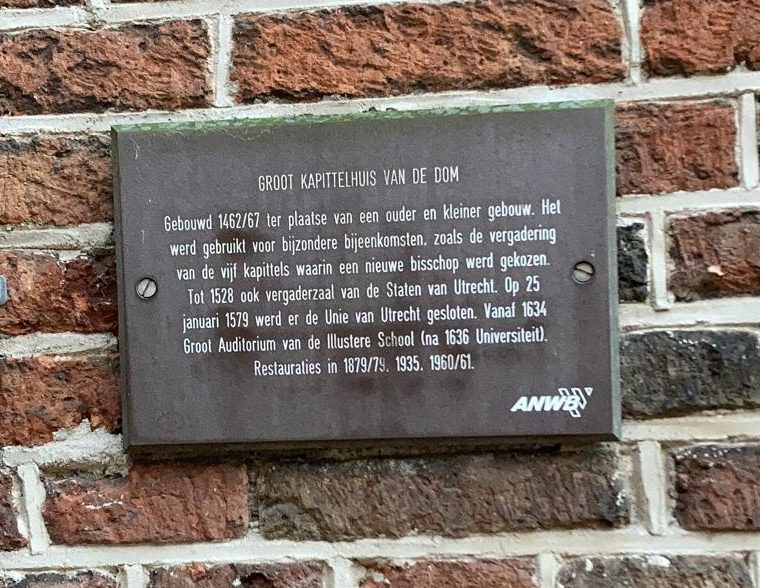The stone on a chain
The large boulder was placed to prevent damage to the corner of the building by wagon wheels. Legend has it that devils played marbles with the stone at night. Local residents grew tired of the infernal noise and, after a priest had driven away the devils, chained the boulder. In 1520, the boulder was already […]

